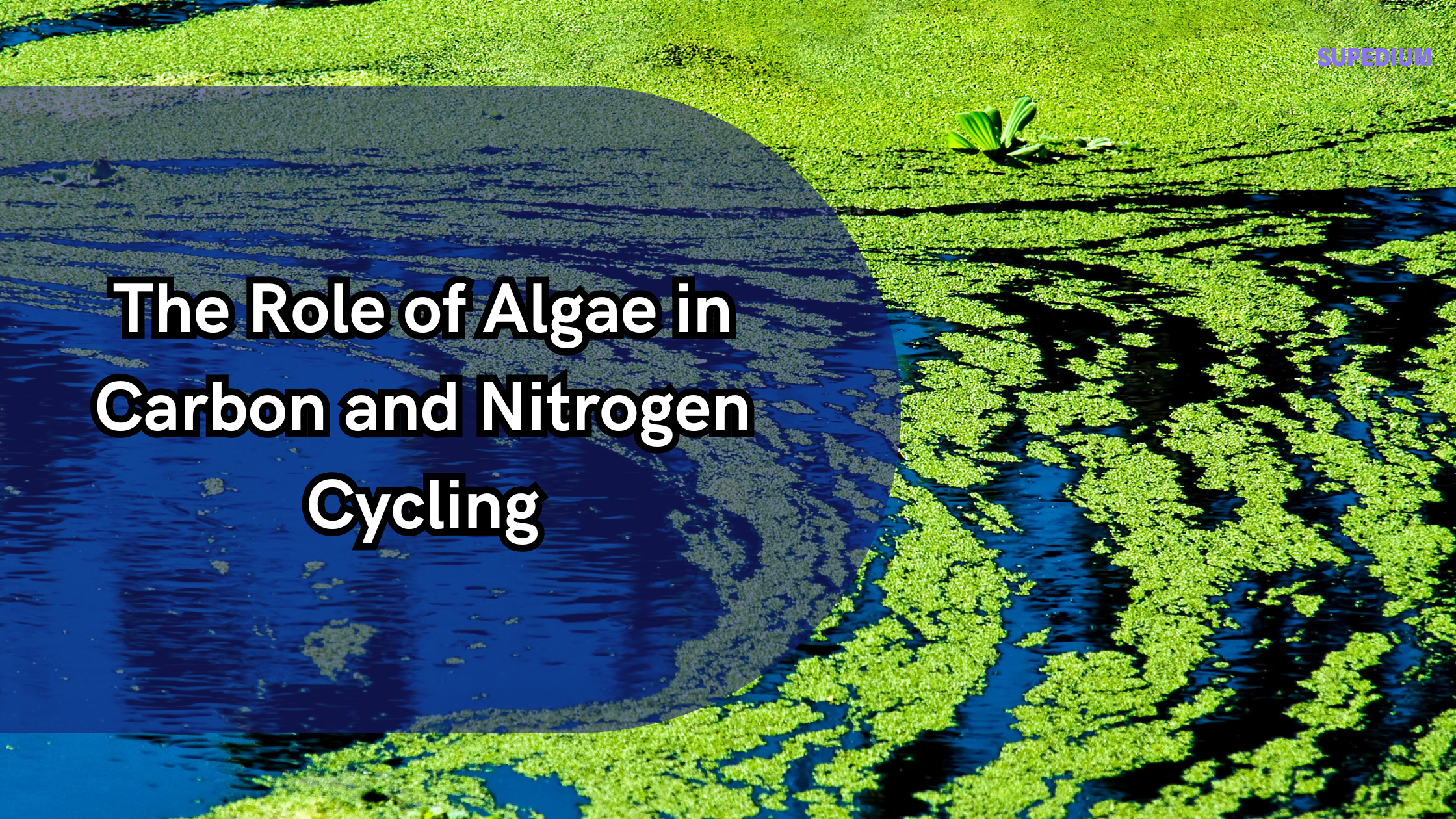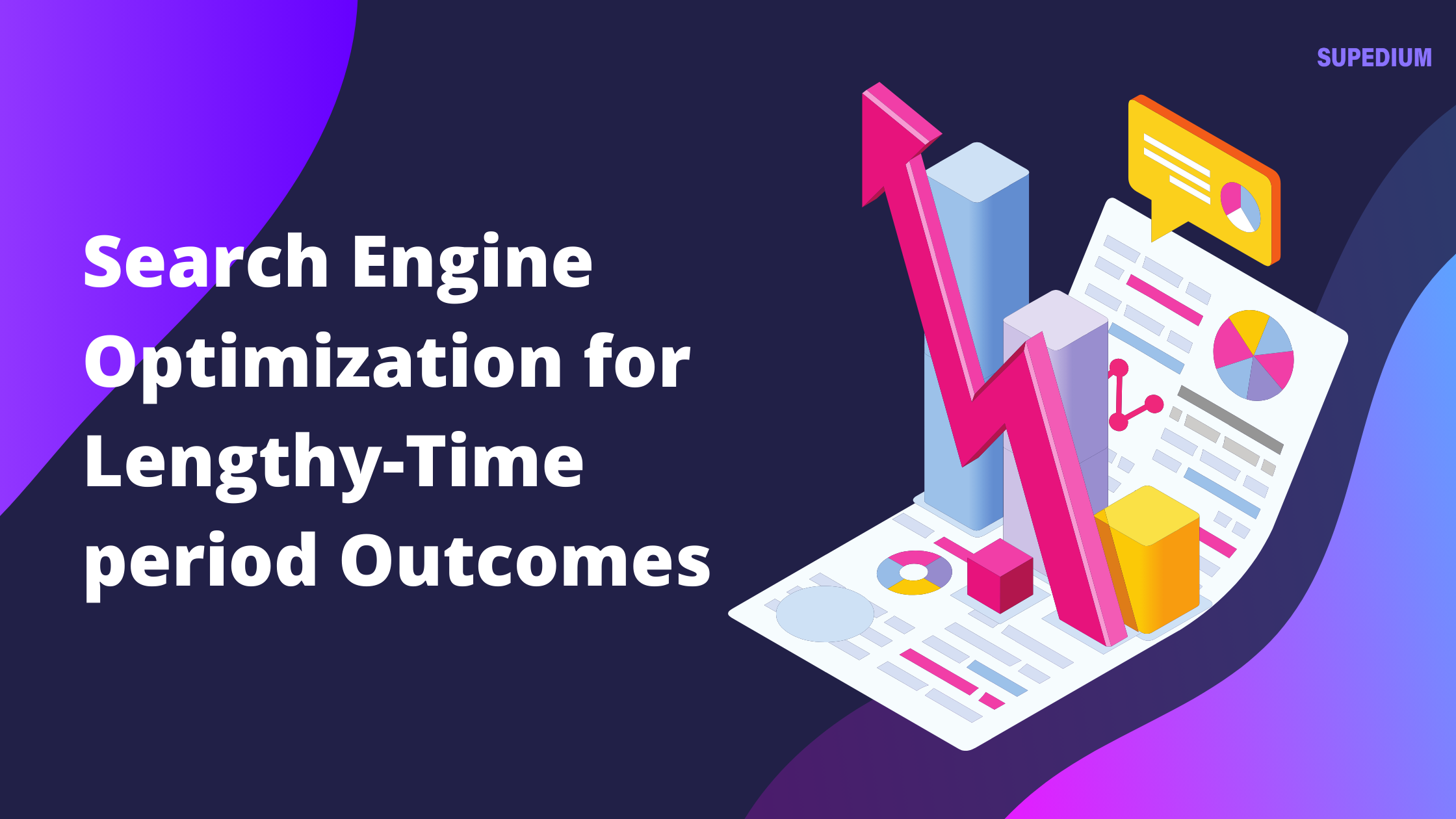Table of Contents
![]()
Introduction
Algae are a diverse group of autotrophic organisms found in a variety of environments, from oceans and lakes to soils and rocky surfaces. These photosynthetic organisms are critical players in the Earth’s biogeochemical cycles, particularly in the carbon and nitrogen cycles. Understanding their roles helps illuminate their impact on ecological balance, climate regulation, and nutrient dynamics.
Algae and Carbon Cycling
Photosynthesis and Carbon Fixation
Algae contribute significantly to the carbon cycle through the process of photosynthesis, where they convert carbon dioxide (CO2) into organic matter using sunlight. This process occurs in both microalgae, such as phytoplankton, and macroalgae, such as seaweeds. During photosynthesis, algae absorb CO2 from the atmosphere or water and convert it into glucose and other organic compounds. This not only contributes to primary productivity but also removes CO2 from the environment, mitigating the greenhouse effect.
Carbon Sequestration
Algae play a pivotal role in carbon sequestration, the process of capturing and storing atmospheric CO2. In aquatic systems, particularly oceans, algae contribute to carbon sequestration through the production of biomass. When algae die, their remains sink to the ocean floor, effectively sequestering carbon in sediments for long periods. This process is crucial for maintaining the global carbon balance and counteracting climate change. Algae’s ability to sequester carbon rivals other mechanisms, such as forests and soils, though each has its unique strengths and limitations.
Impact on Global Carbon Balance
The role of algae in regulating atmospheric CO2 levels is significant. Through their photosynthetic activity and carbon sequestration, algae help balance global carbon levels and mitigate climate change. For instance, marine algae contribute to approximately half of the world’s photosynthetic activity, highlighting their crucial role in the global carbon cycle. This impact extends to climate change mitigation strategies, where increasing algal biomass and optimizing algal cultivation could help manage atmospheric CO2 levels.
Algae and Nitrogen Cycling
Nitrogen Assimilation
Algae also influence the nitrogen cycle by assimilating inorganic nitrogen compounds such as nitrate (NO3-) and ammonium (NH4+). They convert these forms of nitrogen into organic compounds like amino acids and proteins, which are essential for their growth and development. This process not only supports algal growth but also helps regulate nitrogen availability in aquatic ecosystems. The assimilation of nitrogen by algae can impact nutrient dynamics and primary productivity in these environments.
Nitrogen Fixation
Certain types of algae, notably cyanobacteria (blue-green algae), possess the ability to fix atmospheric nitrogen (N2) into a form that is usable by other organisms. This process involves converting nitrogen gas from the atmosphere into ammonia (NH3) or related compounds, which can then be used by plants and algae. Cyanobacteria often form symbiotic relationships with other organisms, such as lichens and corals, to enhance nitrogen availability in ecosystems where nitrogen is a limiting nutrient.
Nitrogen Release and Recycling
After algae die or are consumed by other organisms, the nitrogen contained in their biomass is released back into the environment through decomposition or excretion. This release contributes to the recycling of nitrogen in ecosystems, supporting the growth of new algae and other organisms. Efficient nitrogen recycling by algae is essential for maintaining nutrient balance and productivity in aquatic systems.
Algae in Aquatic Ecosystems
Role in Freshwater Systems
In freshwater systems, such as lakes and rivers, algae are integral to nutrient cycling. They contribute to the primary productivity of these ecosystems by converting inorganic nutrients into organic matter. Algae interact with other aquatic plants and microorganisms, influencing nutrient dynamics and ecosystem health. For example, algae can impact oxygen levels and nutrient availability, affecting the overall ecological balance.
Role in Marine Systems
In marine ecosystems, algae, especially phytoplankton, are critical for nutrient dynamics. They form the base of the marine food web, supporting a wide range of marine life from small zooplankton to large fish and marine mammals. Algae contribute to nutrient cycling by absorbing and processing nutrients, thus influencing oceanic productivity and biogeochemical cycles. Their role extends to influencing oceanic carbon storage and regulating climate through the production and sequestration of organic carbon.
Algae in Terrestrial Ecosystems
Lichens and Soil Algae
On land, algae often form symbiotic relationships with fungi to create lichens, which contribute to soil formation and stabilization. Soil algae play a role in nutrient cycling by contributing organic matter to the soil and influencing soil structure. These interactions enhance soil fertility and support the growth of terrestrial plants.
Impact on Terrestrial Carbon and Nitrogen Cycles
In terrestrial ecosystems, algae contribute to soil organic matter and nutrient dynamics. Their presence in soils helps improve soil structure and fertility, facilitating nutrient cycling and supporting plant growth. Algae’s role in terrestrial carbon and nitrogen cycles is interconnected with their contributions to soil health and ecosystem functioning.
Anthropogenic Impacts
Effects of Pollution on Algal Activity
Human activities, such as agricultural runoff and industrial discharges, can significantly impact algal activity. Nutrient runoff, particularly nitrogen and phosphorus, can lead to eutrophication, causing excessive algal growth and harmful algal blooms. These blooms can disrupt aquatic ecosystems, deplete oxygen levels, and release toxins, impacting aquatic life and water quality.
Climate Change and Algae
Climate change influences algal growth and function through changes in temperature, CO2 levels, and nutrient availability. Elevated CO2 levels can enhance algal growth, while temperature changes can affect algal productivity and distribution. Understanding these effects is crucial for predicting how climate change will impact carbon and nitrogen cycling and for developing strategies to mitigate adverse outcomes.
Applications and Future Research
Bioremediation and Algae
Algae have potential applications in bioremediation, where they are used to treat wastewater by removing excess nutrients and pollutants. Algae’s ability to absorb and metabolize contaminants makes them valuable in cleaning polluted environments. Research into algae-based bioremediation technologies is ongoing, with the goal of improving efficiency and effectiveness.
Algae-Based Carbon Sequestration Strategies
Algae cultivation for biofuels and carbon capture presents an innovative approach to managing atmospheric CO2. Algae can be grown in controlled environments to capture CO2 and produce renewable energy sources. Future research aims to optimize these processes, enhance algal biomass production, and integrate algae-based solutions into broader climate change mitigation strategies.
Conclusion
Algae play a fundamental role in the carbon and nitrogen cycles, contributing to global carbon balance, nutrient dynamics, and ecosystem health. Their ability to fix carbon and nitrogen, support primary productivity, and influence nutrient cycling highlights their ecological importance. Understanding and managing the impacts of anthropogenic activities on algae are crucial for maintaining environmental balance and addressing climate change. Ongoing research and technological advancements hold promise for harnessing the benefits of algae in sustainable environmental management and climate mitigation.
Share This





Be the first to comment